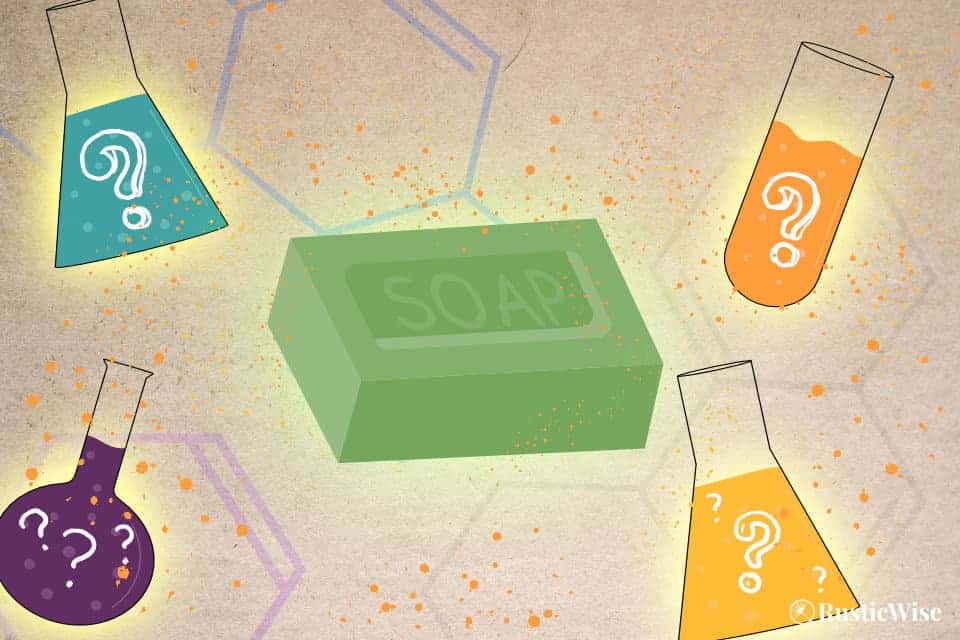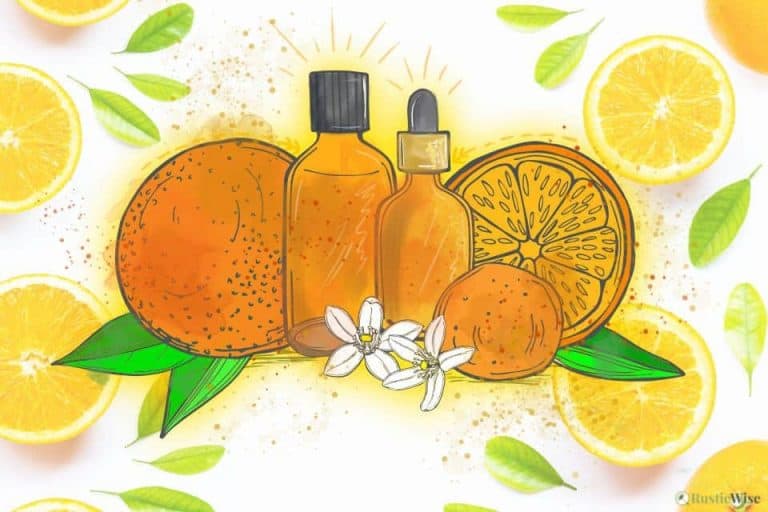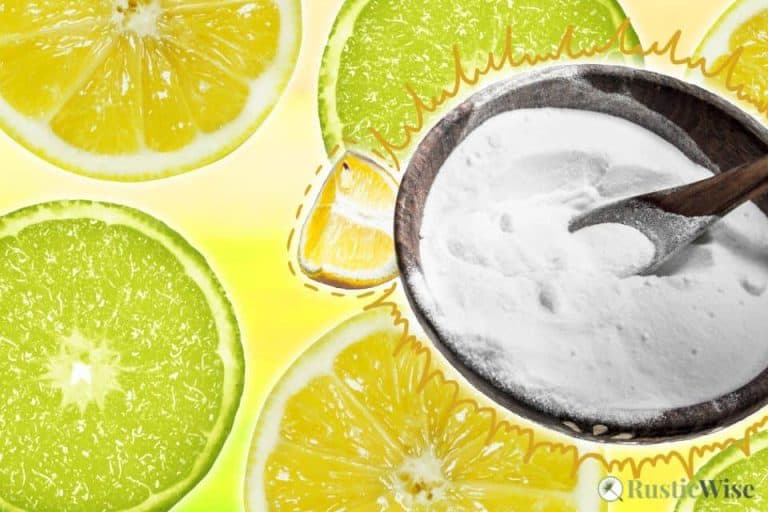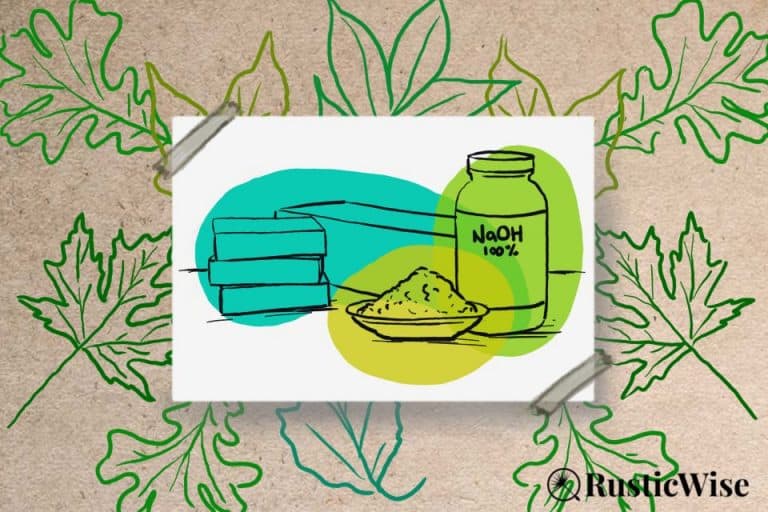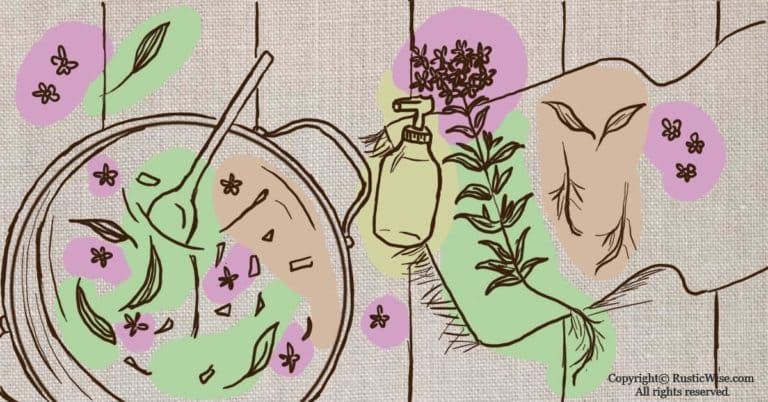Natural Soap Preservatives: Why DIY Soap Bars Don’t Need Them
The word “preservative” can often seem like a foul word in the world of natural products. But without preservatives, body scrubs can grow mold. Lotions can go rancid. In short, we need these preserving agents to keep bath and body products safe to use.
But what about handmade soaps made from scratch?
If you’re wondering whether natural soap preservatives are needed for homemade bar soaps made via cold process, hot process, or melt and pour, the short answer is no. DIY soaps made using lye have an alkaline pH level (generally between pH 8 and 10) that is not conducive to the growth of harmful microbes. Any water used has been safely converted to soap during saponification.
Keep reading to learn more about when you need to use a preservative, why handmade soaps rarely need any, and the important difference between an antioxidant, such as vitamin E oil and a true preservative.
What is a preservative?
According to the International Cooperation on Cosmetics Regulation (ICCR), “Preservatives are ingredients/substances that have the ability to prevent or decrease microbial growth in a cosmetic. Preservatives protect products from contamination of microorganisms, like bacteria and fungi, during storage and use by the consumer. They can prolong the shelf-life of cosmetic products.”¹
Simply put, a preservative is used to keep bacteria and fungi from growing in lotion and other cosmetic products like soaps and shampoos. Adding a preservative helps the product last longer and prevents the growth of harmful microorganisms.
However, some chemical preservatives can also be very harsh and cause adverse effects on the skin. If you’re using a lotion or soap that has a preservative, some people experience dry, itchy, and irritated skin.
For example, parabens are a controversial class of preservatives that are commonly used in a variety of beauty products. Other examples include EDTA (ethylenediamine tetraacetic acid) which prevents metal ions from turning products rancid.
The takeaway: Preserving ingredients is a necessary to avoid nasty skin or body infections. Preservatives help keep products clean and safe for use. However, some preserving ingredients may cause adverse skin reactions.
What’s a broad-spectrum preservative?
A broad spectrum preservative refers to a substance that has been scientifically shown to be effective in preventing the growth of mold, yeast, and some bacteria in both lotions (emulsions) and liquids.
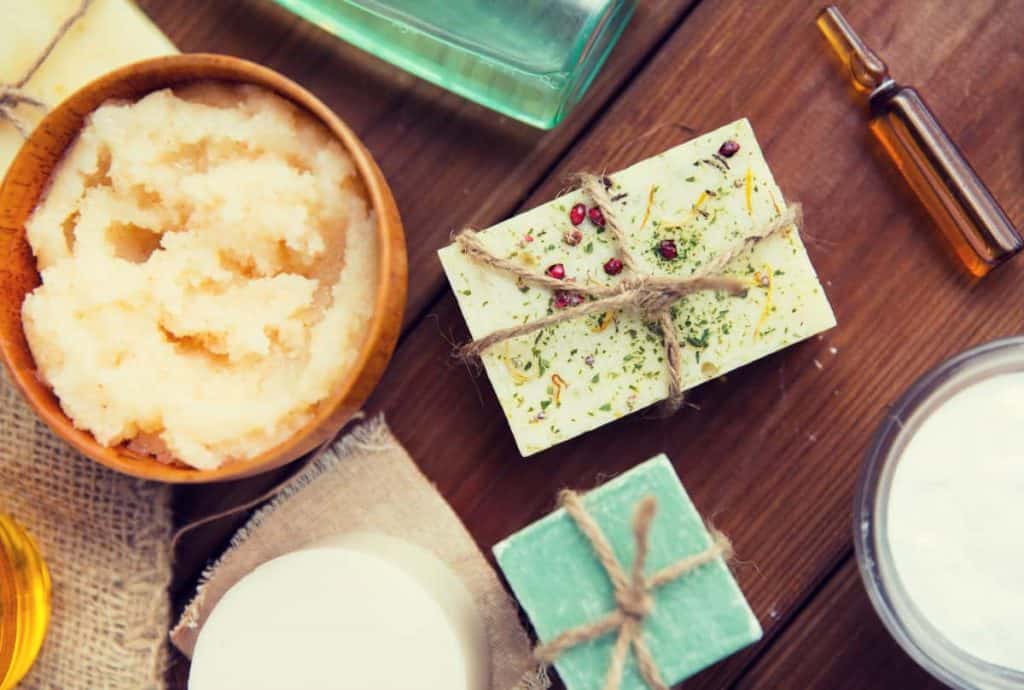
Vitamin E is not a preservative
Vitamin E does many things. It’s often referred to as a “natural preservative.” While it’s great for skin and helps prolong the shelf life of oils, it is NOT a preservative.
More specifically, it does not prevent the growth of bacteria, mold, or fungi. Vitamin E is an antioxidant.
What’s the difference between preservatives and antioxidants?
A preservative can be defined as a chemical that prevents the growth of microbes, such as yeast and bacteria, in a product.
Antioxidants, however, are a class of substances that can protect products (such as body lotions or shampoos) from oxidation. Antioxidants are extracts and oils that are added to slow the aging and deterioration of a product. While often natural, there are some synthetic antioxidants as well.
What products need preservatives?
Preservatives are necessary in certain types of products, namely those that contain water. Body butters, lotions, and creams are all candidates in need of preserving ingredients.
Water (and any type of humidity) creates a breeding ground for microorganisms. (If you think of a bathroom, it’s the perfect environment to host bacteria: dark, moist, and warm conditions.)
Any product that may potentially come in contact with water will also have to include preservatives. This includes body scrubs or shower gels.
However, other products generally DON’T need preservatives. This includes oil-based (anhydrous products) or alcohol-based products. Or those such as bar soap that undergoes a chemical transformation (saponification).
What if you don’t want to use a preservative?
If you’re making your own cosmetics, lotions, and body care products that involve water-based ingredients, it’s strongly recommended you use a preserving substance to prevent mold and bacteria from growing.
If you really feel strongly against using preservatives, you should know that your product will have a very short shelf life—use it within a week or less.
Does handmade soap need a preservative?
Handmade soap is often made without preservatives (though some handmade soap makers may use antioxidants such as vitamin E). If you’re wondering whether the bar soap you bought from your local farmers’ market contains preserving agents, chances are, it doesn’t.
Many people prefer handmade soap, as it can be less irritating to sensitive skin because it doesn’t contain harsh preservatives such as parabens.
Why doesn’t DIY soap need preserving agents?
In a nutshell, homemade soaps don’t require preservatives because any water used during the soap making process isn’t present in the finished product. Water is converted to soap!
When you combine sodium hydroxide lye + distilled water + oils/fats/butters, these ingredients undergo saponification. The byproduct is bar soap + glycerin (a lovely skin-nourishing humectant).
Any excess water left evaporates during the curing stage, which makes for a harder, longer lasting bar.
So if you’re following good, reliable recipes, and making soap using cold process, hot process, or melt and pour methods, you don’t need to use a preservative.
How the pH of soap affects microbial growth
Another reason why DIY soap rarely requires a preservative is due to its alkaline nature. Any lye-based soap made from scratch (this also includes melt and pour soap) has a basic or alkaline pH level, generally between pH 8 and 10.

This alkaline pH isn’t conducive to many harmful pathogens. While it’s true that some bacteria are acidophiles (thrive in acidic conditions), or alkaliphiles (thrive in highly alkaline environments), most harmful bacteria thrive in the mid-zone, around neutral pH.
For example, two harmful bacteria, E. coli and staph, don’t typically grow in high alkaline conditions. Escherichia coli (E. coli) thrives in environments with a pH between 6 and 7. Same goes for Staphylococcus aureus (Staph bacteria).²
What are some natural antioxidants?
If you’ve ever experienced those dreaded orange spots (DOS) in soap, it’s a result of oxidation.
Antioxidants simply help to slow down the rate of oxidation of oils. It helps to prolong the shelf life of oils, which helps extend the shelf life of the finished bar of soap.
Some natural antioxidants you can use in your soap include:
- Vitamin E: Also called Tocopherol, or T-50, pure vitamin E provides moisturizing properties while also stabilizing free radicals in soap making oils or essential oils. Vitamin E is probably one of the more widely used antioxidants for its skin nourishing properties and ease of use. Add a few drops (about 0.5 percent, or less) to your fixed oils to keep them free of rancidity.
- Rosemary Oleoresin Extract (ROE): ROE is a thick viscous liquid with a dark brown-green color and a distinct aroma. Rosemary extract helps to extend the shelf life of oils and prevent them from turning brown. Use between 0.02 to 0.05 percent per pound of base oils.
- Grapefruit Seed Extract: A thick, golden colored acidic citrus oil extracted from seeds of the grapefruit. It works as an antioxidant. As a general guideline, use between 0.3 to 1 percent of your oils. Grapefruit extract is often used together with other antioxidants.
Do you need to add a preservative to liquid soap?
Generally, no, you don’t need to add a preservative to DIY liquid soaps using non-water based recipes.
Within the realm of liquid soap, commercial soap bases do not need any additional broad spectrum preservatives. The ingredients in liquid soap already have their own natural preservatives.
But some crafters choose to use a preservative for peace of mind. And, if you’re not using distilled water, it’s a good idea to add a preservative.
Look for more natural preservatives
Sure, some preservatives are harsh on skin. But there are some milder, more natural substances that still prevent bacterial growth while being gentle on skin.
There are several labels to look for, with the main ones being ECOcert certified ingredients and COSMOS CERTIFIED. These labels are featured on natural origin products produced sustainably that meet stringent guidelines.
Other ways to extend the shelf life of natural soap without preservatives
It’s all about the recipe and the types of oils used when making natural soap that’s long lasting.
Here are a few ways to get the most of DIY soap bars:
- Proper storage: While melt and pour soaps like to be sealed up, cold process bars need plenty of space and air circulation. So, if you have your cold process bars stored in tightly sealed boxes or baggies, stop it already! Lay them onto open shelving or loosely covered shoe boxes.
- Choose oils and butters with a longer shelf life: Veggie oils high in linolenic and linoleic fatty acids are more prone to rancidity and those DOS. Using a high ratio of these types of oils will reduce the shelf life of the finished product. Some oils with shorter shelf life are grapeseed oil, hempseed oil, soybean oil, and sweet almond oil. Make products with coconut oil, palm oil, and olive oil for more longevity.
- Don’t use fresh botanicals in melt and pour: While natural ingredients are nice, there’s a time and place for everything. Adding fresh fruit wedges, flower petals or other botanicals, and raw goat’s milk are no-nos when melting down pre-made soap bases and using additives. These fresh items will quickly decay and deteriorate your finished product.
New to making soap? 🧼❓
👉We have a fantastic overview on the whole soapmaking process here: read our Timeless Guide To Soapmaking.
If you would like to see our soapmaking posts organized by topic type, see our Soapmaking Collection.
Would you like more timeless tips via email?
Fun tips to help you live an independent, self-sustaining lifestyle. Opt-out at any time.


References
- International Cooperation on Cosmetics Regulation (ICCR), General and Technical Frequently Asked Questions (FAQs) on Preservatives in Cosmetics, https://www.iccr-cosmetics.org/topics-documents/10-product-preservation. Accessed September 2022.
- Teknova, Optimal pH for Growth of Bacteria, https://www.teknova.com/resource/optimal-ph-for-growth-of-bacteria/. Accessed September 2022.

Author: Theresa Tesolin
Theresa is co-founder of RusticWise. She helps people unleash their inner DIY spirit by encouraging them to get dirty and make or grow something from scratch.

